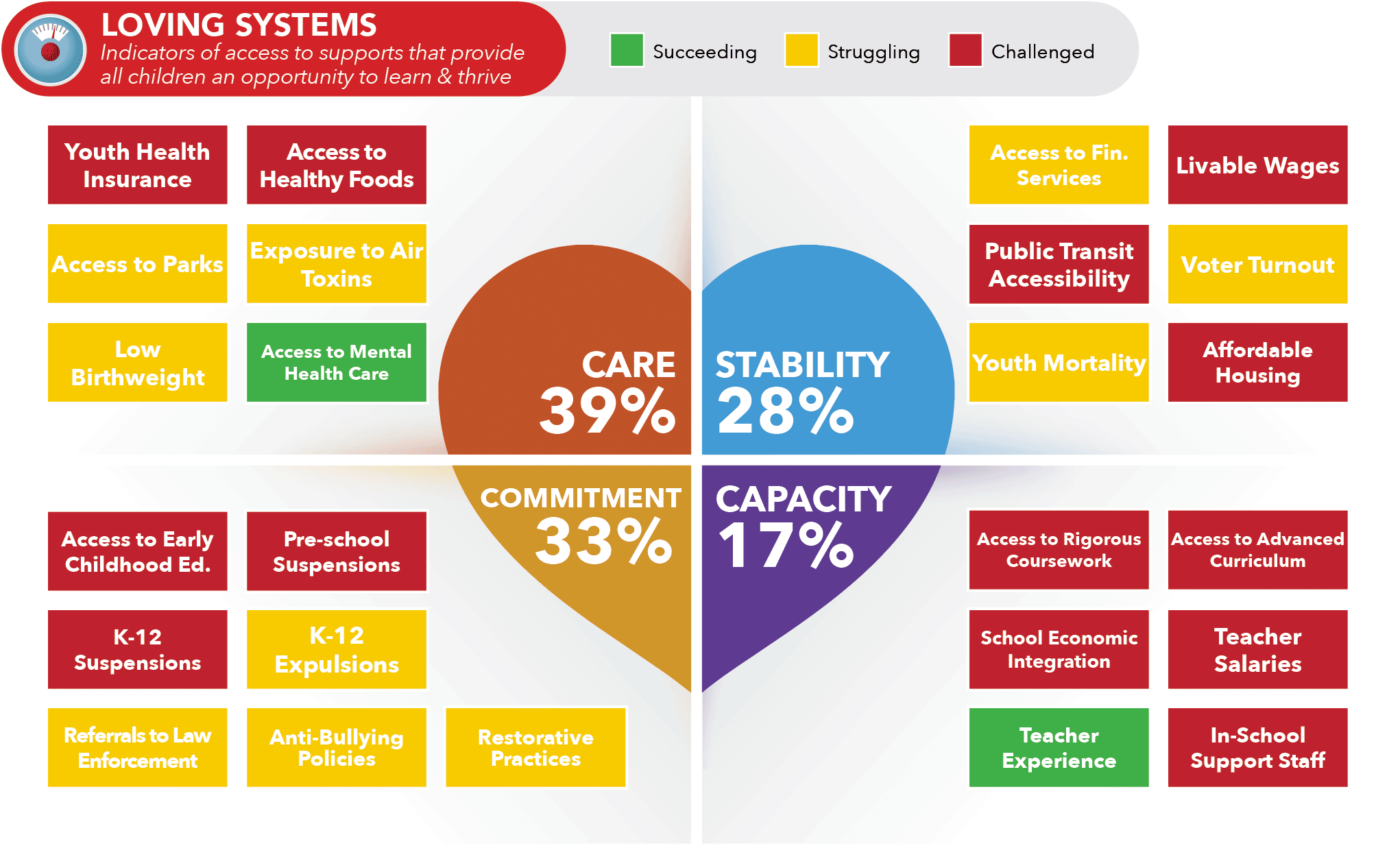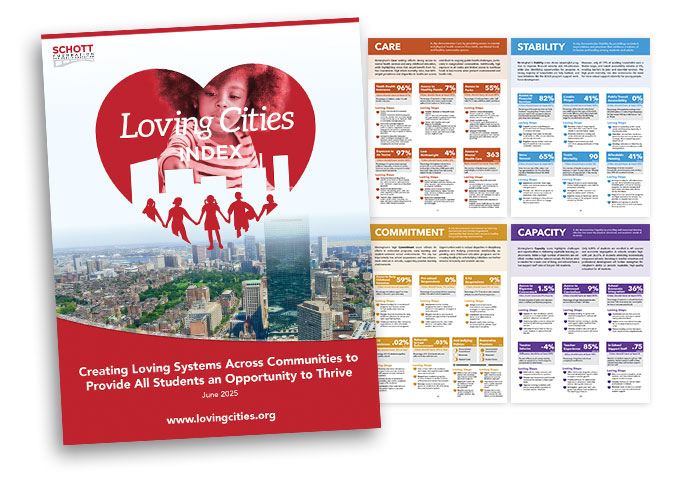Las Vegas is a dynamic and diverse city with a growing population of approximately 665,640. The city’s rich cultural landscape is reflected in its ethnic composition, with over 75% of its residents identifying as White or Latino, alongside Black (11%) and Asian (7%) communities. As a global tourism and entertainment hub, Las Vegas continues to experience economic expansion, offering numerous opportunities for innovation and inclusive growth.


of supports measured
Historically, systemic challenges such as redlining led to the segregation of communities, notably impacting the Historic Westside. However, in recent years, Las Vegas has prioritized equity and inclusion, making significant strides to ensure all residents have access to opportunities. The city’s Diversity, Equity, and Inclusion (DEI) initiative, established in 2020, is driving efforts to improve health, social, and economic outcomes. Institutions like the University of Nevada, Las Vegas (UNLV) further support these efforts through research and community engagement.
Las Vegas is making meaningful progress in education, workforce development, and public health to create new opportunities for residents to thrive and advance economic mobility. While key metrics highlight areas for targeted investment, they also reveal significant opportunities for growth and innovation.
Expand to read more
Education & Workforce: With a high school graduation rate of 81% and 35.79% of adults holding an associate degree or higher, expanding access to higher education and workforce training programs remains critical. The University of Nevada, Las Vegas (UNLV) is addressing teacher shortages through the Nevada Forward Initiative, the state’s first teacher apprenticeship program, which provides structured pathways into the profession. Additionally, the Strong Future Youth Employment Program helps high school graduates develop essential workplace skills, improving career readiness.
Economic Stability: The city’s unemployment rate is slightly above the national average, and 48% of households earn a livable wage. Investments in wage growth, job training, and entrepreneurship programs can further enhance economic security.
Public Health & Well-being: With 91% of children covered by health insurance, Las Vegas is positioned to build on this foundation by increasing access to maternal healthcare and mental health services. The Nevada Health Care Workforce and Pipeline Development Workgroup has introduced a Behavioral Health Workforce Pipeline Development Plan, which aims to diversify and expand the healthcare workforce, ensuring better access to behavioral and primary care services. Addressing environmental factors through sustainability initiatives will also contribute to improved community health.
Housing & Transportation: As 40% of Las Vegas’ renter households meet affordability standards, expanding housing options and rental assistance programs can improve stability. One example is Betty’s Village, developed by Opportunity Village with support from the Engelstad Foundation, which provides inclusive housing for individuals with disabilities, promoting community engagement and accessibility. Enhancing transit infrastructure, particularly high-frequency public transit, where current access stands at just 4.9%, will support mobility and connectivity across the city.
By advancing initiatives in education, economic empowerment, healthcare, and housing, Las Vegas is well-positioned to foster a more resilient and thriving community. Investments in infrastructure, public services, and workforce development will ensure that all residents can benefit from the city’s continued growth and prosperity.
Las Vegas Indicators

The Community Climate comprises indicators of a city’s current conditions in important areas such as education, economic stability, and public health. While these indicators do not uncover underlying supports or influences in a city, the outcomes provide a picture of a community’s well-being, economic mobility, and equitable opportunities.



